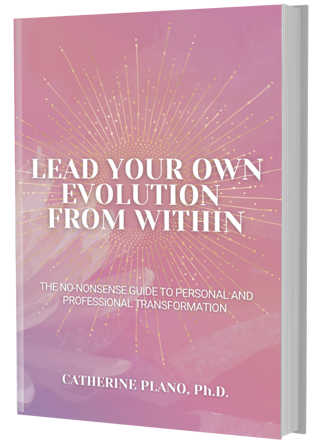True grit is making a decision and standing by it, doing what must be done because your dreams are on the other side.
Grit comes in handy when we feel like throwing in the towel. The real test is that we have to be willing to fail, to be wrong, to start all over again with lessons learned … and be okay with it.
We all have experienced those days when we have just had enough and we want to give up.
Even though every ounce of our being is telling us to quit, we have this little voice, a tug or a feeling that we have to push through no matter what. This is exactly what we must do.
Determination, persistence and grit are the drivers for accomplishment, growth and success. It goes beyond our talents, strengths and acumen, independent of what genius, gift, skill and brilliance we may possess.
Nonetheless, if we want to learn, thrive and succeed beyond our wildest dreams, we must pursue grit, fortitude and tenacity.
That’s why there is that saying — ‘When the going gets tough, the tough gets going.’
And that is why we must push through the resistance.
All things are difficult before they are easy
Grit is an attribute that is very much linked to the concept of growth mindset.
In this space, leaders believe that their most basic abilities can be developed through dedication, commitment and devotion to put in the hard yards.
When acquiring this kind of mindset, leaders explore, embrace learning, make mistakes and build resilience as part of their norm. This means getting back up again every time they fall as an essential ingredient for great accomplishment. In turn, this creates more motivation, productivity and — the bonus to this kind of attitude — enhanced relationships.
There is great power in falling to your knees, surrendering and accepting to what is. Once you are face down, knees to the ground, the only way forward is up.
Leaders with a growth mindset see qualities as attributes that can be developed through their dedication and effort.
Therefore, a leader with grit is acknowledged as a tenacious, strong-willed and determined individual because they are comfortable admitting to their mistakes. They learn from failure. They openly share their ideas.
All of these combined create more innovation and better decision making.
Courage, resilience and leadership
So, what are some of the personality traits of a grit leader?
- To be courageous when faced with fear and know that fear is a normal part of growth
- To stay committed, devoted and faithful in difficult situations to achieve long-term goals
- To have guts, determination and boldness to push through and overcome those moments of second-guessing, doubts and limiting beliefs that keep us small
- To have the resilience to bounce back when overcoming adversity, grief and hardship
- To have the buoyancy to recover and reinvigorate from discomfort
- To be able to focus, concentrate and follow through no matter what the obstacles are, because it’s worth it.
If we go beyond the leader and expand to their teams’ accompanying grit, they will strive and pursue to their fullest capabilities, intelligence and strengths.
Their teams will develop new motivation to grow in their roles, rather than rely on natural talent.
As a result, team members with grit endure and continue building resilience in the face of setbacks, defeat and difficult times.
Grit is the stubborn refusal to quit
Dr. Angela Lee Duckworth says that, ‘Grit is passion and perseverance for very long-term goals. Grit is having stamina. Grit is sticking with your future, day in, day out. Not just for the week, not just for the month, but for years. And working really hard to make the future a reality. Grit is living life like it’s a marathon, not a sprint.’
And she continues, ‘Without effort, your talent is nothing more than unmet potential. Without effort, your skill is nothing more than what you could have done, but didn’t. With effort, talent becomes skill and, at the very same time, effort makes skill productive.’
I’m hearing you loud and clear. So, Catherine, how do we do this?
The biggest shiny golden nugget here is to pursue your goals. Stick to them no matter what. This means to invest your time, energy and focus on your interests.
In saying that, when pursuing your interests, it’s okay if you have to change your course or destination at times because it is necessary. The real-life experience is that you need to give things a go and see if they are right for where you need to get to.
This is where we need to get comfortable with being uncomfortable, maybe failing here and there until we find the way.
To read the second piece in this two-part series, click here.





